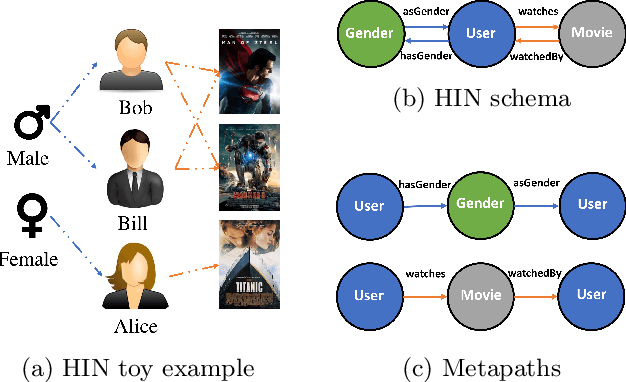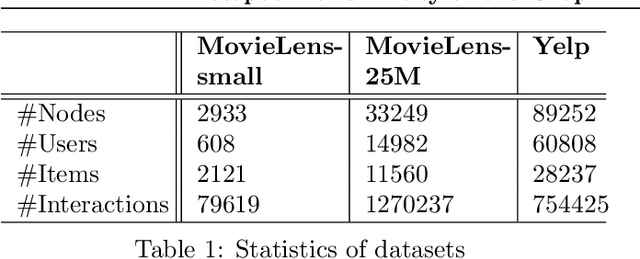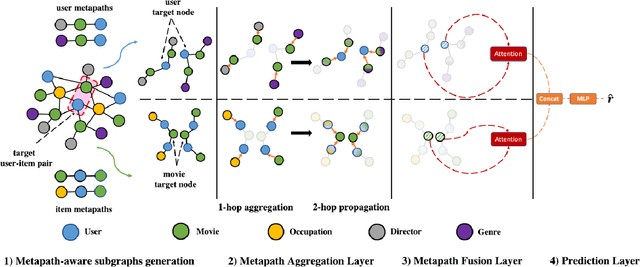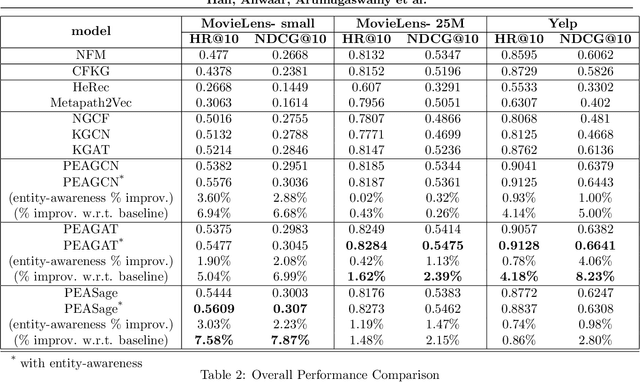Zhiwei Han
Towards a Unified Framework of Contrastive Learning for Disentangled Representations
Nov 08, 2023Abstract:Contrastive learning has recently emerged as a promising approach for learning data representations that discover and disentangle the explanatory factors of the data. Previous analyses of such approaches have largely focused on individual contrastive losses, such as noise-contrastive estimation (NCE) and InfoNCE, and rely on specific assumptions about the data generating process. This paper extends the theoretical guarantees for disentanglement to a broader family of contrastive methods, while also relaxing the assumptions about the data distribution. Specifically, we prove identifiability of the true latents for four contrastive losses studied in this paper, without imposing common independence assumptions. The theoretical findings are validated on several benchmark datasets. Finally, practical limitations of these methods are also investigated.
Metapath- and Entity-aware Graph Neural Network for Recommendation
Oct 22, 2020



Abstract:Due to the shallow structure, classic graph neural networks (GNNs) failed in modelling high-order graph structures that deliver critical insights of task relevant relations. The negligence of those insights lead to insufficient distillation of collaborative signals in recommender systems. In this paper, we propose PEAGNN, a unified GNN framework tailored for recommendation tasks, which is capable of exploiting the rich semantics in metapaths. PEAGNN trains multilayer GNNs to perform metapath-aware information aggregation on collaborative subgraphs, $h$-hop subgraphs around the target user-item pairs. After the attentive fusion of aggregated information from different metapaths, a graph-level representation is then extracted for matching score prediction. To leverage the local structure of collaborative subgraphs, we present entity-awareness that regularizes node embedding with the presence of features in a contrastive manner. Moreover, PEAGNN is compatible with the mainstream GNN structures such as GCN, GAT and GraphSage. The empirical analysis on three public datasets demonstrate that our model outperforms or is at least on par with other competitive baselines. Further analysis indicates that trained PEAGNN automatically derives meaningful metapath combinations from the given metapaths.
 Add to Chrome
Add to Chrome Add to Firefox
Add to Firefox Add to Edge
Add to Edge